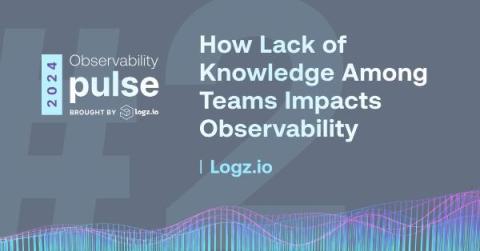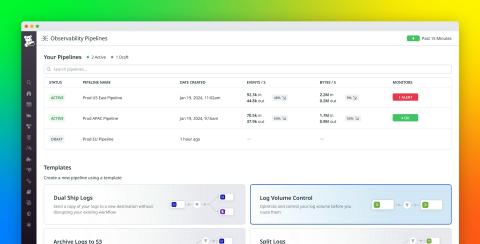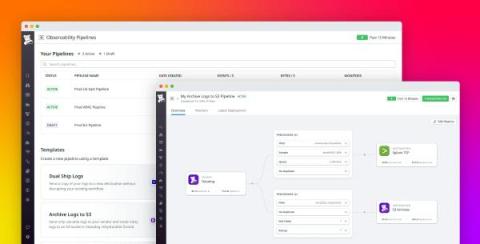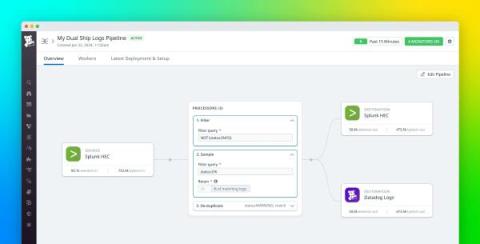A Product Manager's Insights from KubeCon + CloudNativeCon Europe 2024
I recently had the privilege of attending KubeCon + CloudNativeCon Europe 2024 in Paris. The conference, hosted by the Linux Foundation, marked the 10th anniversary of Kubernetes. Here are the key takeaways and highlights from the conference.











